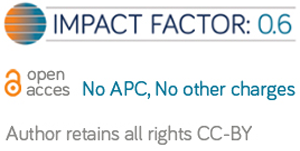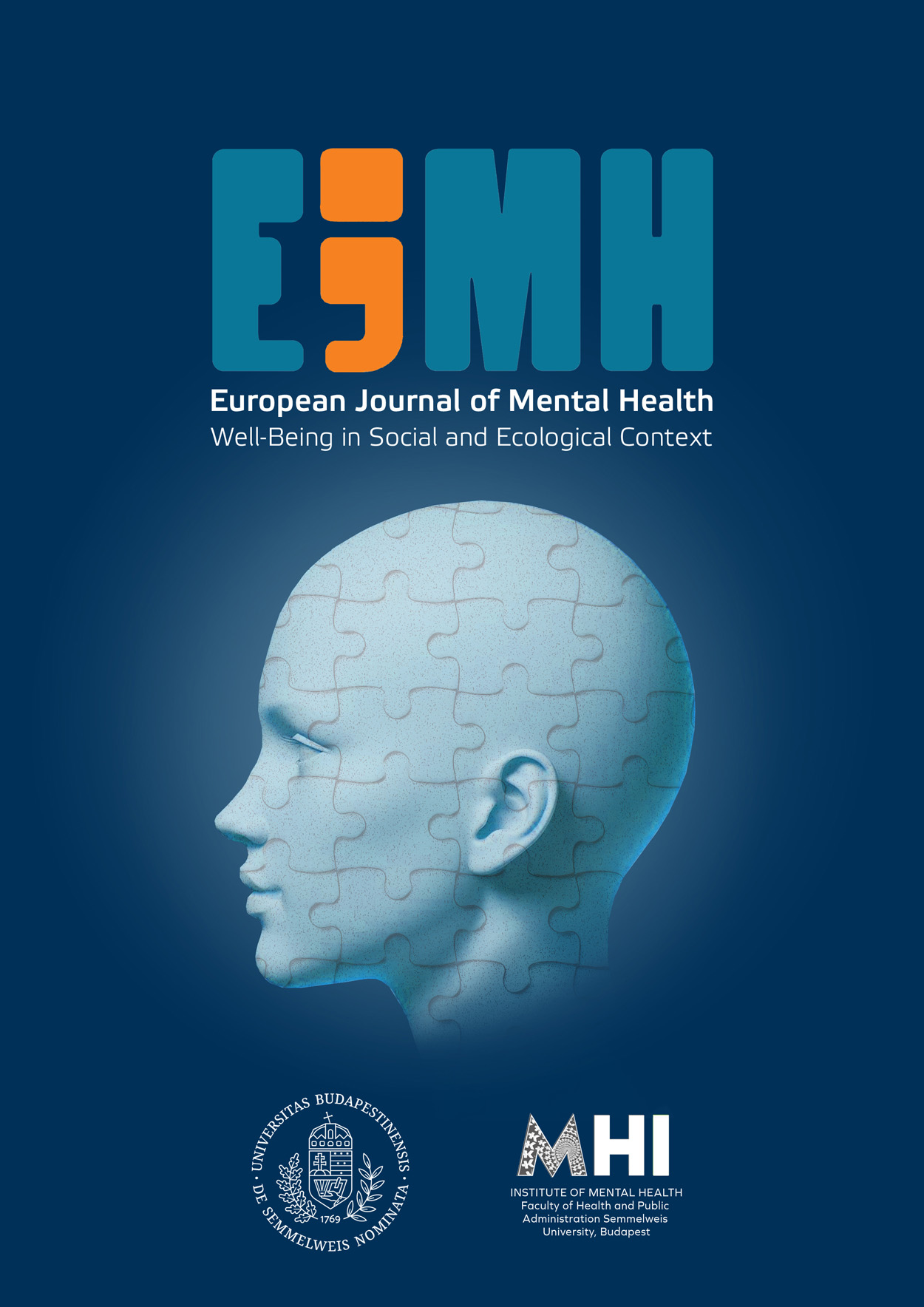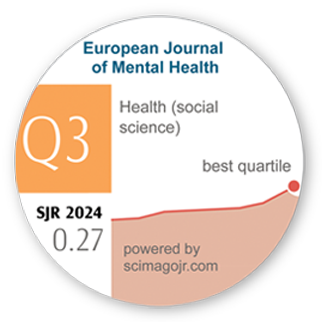Posttraumatic Stress Disorder: Bio-Psycho-Social Aspects, Eye Movement Desensitisation and Reprocessing and Autogenic Training in Persistent Stress: Case Study, Part 1
DOI:
https://doi.org/10.5708/EJMH.8.2013.1.5Keywords:
posttraumatic stress disorder, bio-psycho-social model, therapy, psychotherapyAbstract
Inclusion of the diagnostic category Posttraumatic Stress Disorder (PTSD) into both the American and the international diagnostic systems, and defining the ‛exceptional stressor’ have probably contributed to the recent boom in psychotraumatology research. The bio-psycho-social model seems to be the most adequate account with regard to the multiple layers of the problematic. The authors provide an overview of recent research findings. Numerous scientific studies have focused on finding effective treatment methods for trauma-related disorders. Both pharmacological and psychotherapeutic approaches have been found effective. Nowadays, the authors consider psychotherapy to be more essential in the treatment approach for traumatogenic disorders.






